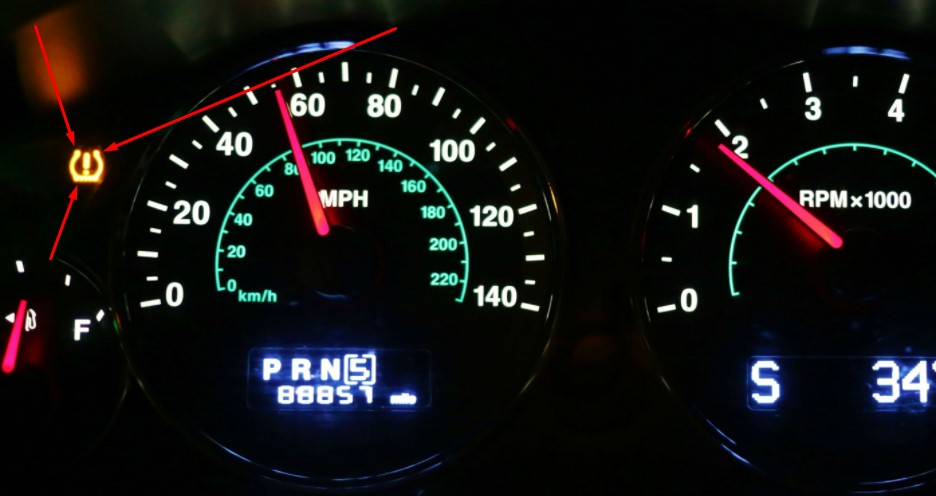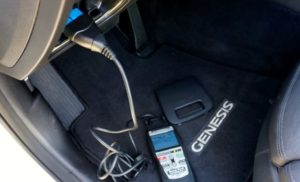Every time you see the Tire Pressure Monitoring System(TPMS) light up on your dashboard, you always get a slight panic because properly inflated tires are essential. This problem is usually an easy fix. But first, is it flashing or continuous? It will flash when there is over-pressure or a communication issue with the TPMS. When the TPMS has a continuous light, it means that there is low tire pressure.
However, sometimes the light stays on despite having proper tire pressure. You can drive your car for a while or relearn your TPMS. Fixing this is essential so that you can always know when your tires are deflated or under-pressured. This article will help you reset the Subaru tire pressure lights.
Top up your tire pressure
Check your tire pressure using a pressure meter and confirm the chart on your door jam for the recommended setting. If your tires have pressure below the recommended amount, you can pump it yourself or fill it up at your nearest gas station.
Drive for 25mph or more; the lights should go off after a few minutes. If they don’t, you’ll have to move on to the next stage on this guide.
Perform an OBDII relearn
You have to do a TPMS relearn using an OBDII scan tool if your wheels have been changed or rotated recently or your lights persist with adequate tire pressure. A TPMS relearn transfers the new sensor TPMS data to the vehicle’s Engine Control Unit (ECU).
This TPMS reset works for the following models
- Subaru Ascent 2019
- Subaru B9 Tribeca 2006-2008
- Subaru BRZ 2013-2019
- Subaru Forester 2008-2019
- Subaru Impreza 2008-2019
- Subaru Legacy 2004-2019
- Subaru Outback 2004-2019
- Subaru Tribeca 2008-2014
- Subaru WRX 2014-2019
- Subaru XV 2014
- Subaru XV Crosstrek 2013-2017
Steps to follow
- Set up your OBDII by selecting the make and model of your car.
- Start with the LF tire and place the scan tool on the tire’s side next to the valve stem to scan each sensor, not forgetting the full-size tire. Follow the order; LF, RF, RR, LR.
- Connect the OBDII module to the data link connector(usually located under the instrument panel on the driver side) to transfer the data.
- Without starting the car, turn the ignition on and upload the sensors’ data.
- Disconnect the OBDII from the connector and turn off the ignition, then on.
- The tire pressure should go off immediately. If it doesn’t, drive for 30mph for a few minutes, and it will reset your TPMS.
Check this too: Best Tire Brands for a Subaru Forester
Why is my tire pressure light on when my tires are fine?
There are other reasons why the low-pressure lights turn on besides the tires being flat or under-inflated. Some of these reasons include:
- Extreme cold weather- When temperatures are very low, the air condenses and occupies less space, therefore reducing tire pressure. The solution is to hit the road, and the light will disappear after a while when the tire warms up, and the air expands, which increases the pressure.
- Malfunctioned TPMS- The TPMS may have a deficient charge or may get damaged during a tire replacement. Before resetting your TPMS, check your tire pressure and confirm that it aligns with the recommended setting. If the tire pressure is sufficient, but the lights are still on, the TPMS may need replacing as they are relatively inexpensive.
Keep in mind that it is normal for the tire pressure lights to turn on when starting your car, only to go off after a few seconds. If the problem persists, get a certified auto-mechanic to help you.



